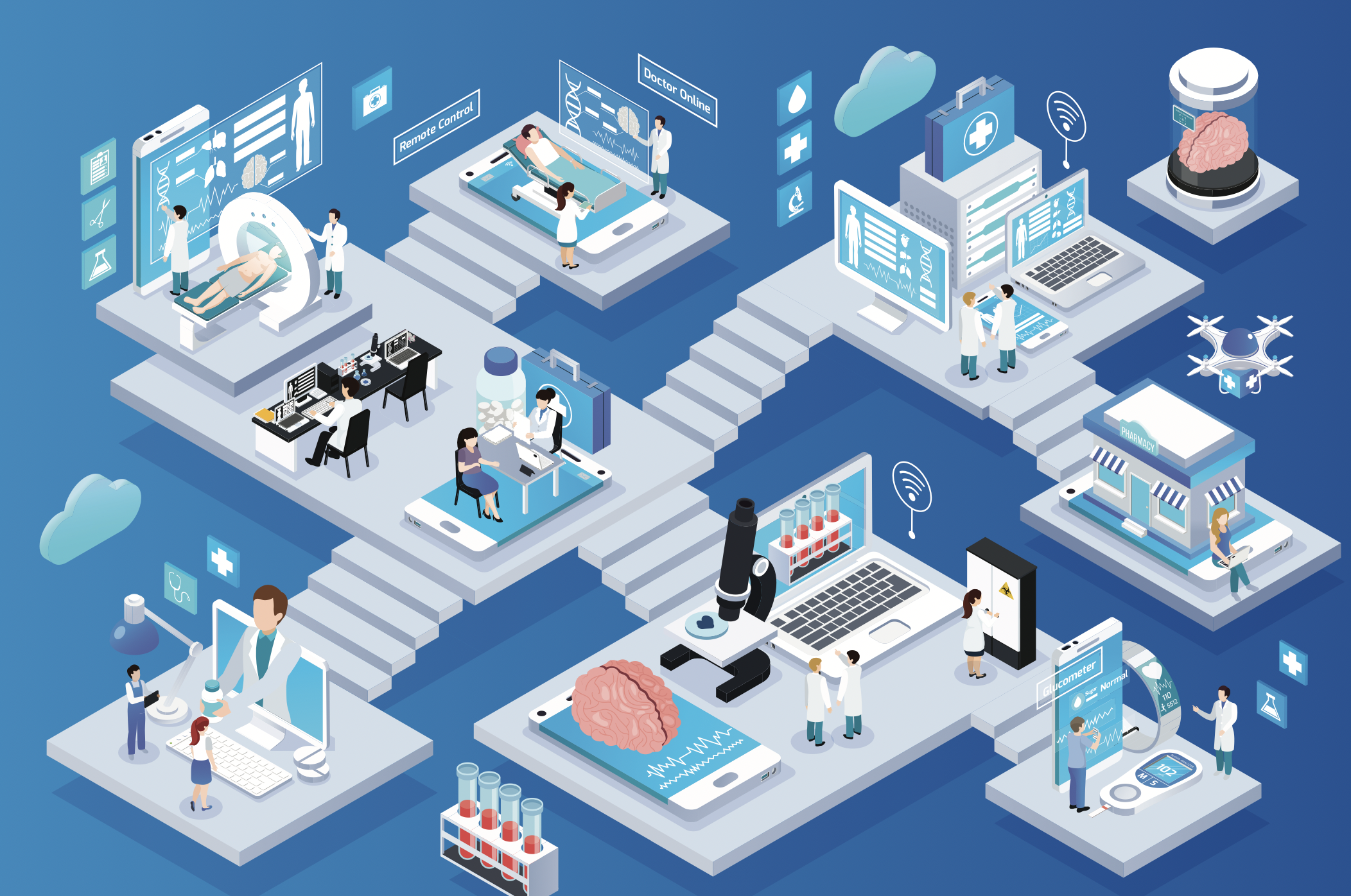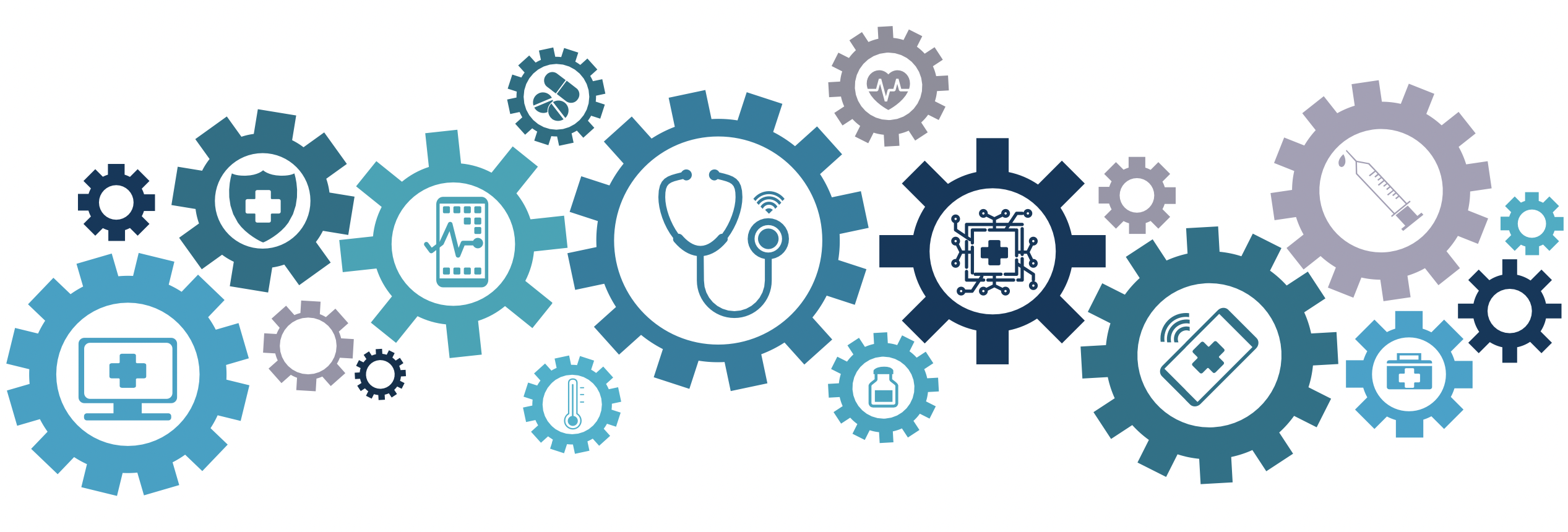The success of your Remote Patient Monitoring (RPM) program depends on whether your patients actually take their measurements as prescribed. We call this Patient Compliance. Getting a daily or 2x daily or other regular measurement produces better results for everyone as follows:
- Better health outcomes: Multiple studies have shown that if you can get a patient to regularly measure a specific item like blood pressure daily, they will improve their overall health status. In addition, the care team will have richer data to base ongoing support on, helping the patient achieve their best health.
- Increased reimbursements: If your patients don't take measurements on 16 days each month/30 days, you can't bill for 99454, which is ~$65 per month. So, the more patients who measure on at least one day out of every two, the more you can bill 99454. As a result, the more financially viable your RPM program will be.
- Decreased patient and overall care costs: The more regularly the patient is providing measurements, the more likely they and their care team will be able to work together to identify a dangerous trend and intervene before an event that requires the emergency room, ambulance ride, hospitalization, or other high-cost incident.
Want to learn more about RPM billing? See this article.
So, high RPM Patient Compliance is directly tied to the success of your RPM program on all levels. In our experience working with more than 100 patient groups and tens of thousands of RPM patients, you can expect the "rule of thirds" in terms of compliance. That is:
- 1/3 are eager to never miss a measurement, and do at least one measurement per day with no reminders or prompting.
- 1/3 might miss a couple of days here and there, but will do five or six measurements per week with automated tech-enabled tools, reminders, and prompting.
- 1/3 will default towards non-compliance, but they can be guided towards three or four measurements per week with automated tech-enabled tools and other best practices we will outline below.
7 key steps to improving RPM compliance
As you see, you might get 30 to 40 percent compliance with low human effort and limited technological capability. However, if you want to optimize your results, you can get to 80 to 90 percent average monthly compliance by doing the following seven things:
1. Send immediate automated nudges
A full-featured technology system should support your RPM program. This system should automatically send the patient a text and/or email message once their measurement becomes overdue. This kind of automated nudge is incredibly powerful and efficient.
2. Facilitate Care Team engagement
Your RPM program should ensure the Care Team receives "compliance alerts" that can be layered so they are proactively notified should several days have gone by since the last measurement from the patient was taken.
3. Make it personal—with video
Your RPM program should ensure the Care Team can easily call, text, or email the patient to inquire why measurements are not coming through, identify the root cause, and potentially resolve it. Often, just knowing the team at a more personal level and seeing them get after it can help correct non-compliance. Give the Care Team the option to send an on-demand text or email for a real-time video session with the patient—this level of support and 1:1 human communication will improve patient compliance.
4. Give automated, immediate positive feedback
Your RPM program should be capable of sending immediate acknowledgments and messages to patients via text and/or email, e.g., a confirming "pat on the back / we got your message / thank you". This will help enforce the positive habit loop. The care team can follow up later, too, but the automated "nice work" message is a powerful tool. Of course, we make it possible for you or your patients to disable these so they don't cross the line towards "annoying."
5. Show them progress
Provide the patient with immediate access to their ongoing trends and results. Cellular/LTE devices are great for ease of use, but don't necessarily provide an ongoing view of the measurement trends for the patient. These can be extremely effective motivators—your RPM system should include an OPTIONAL patient-facing web portal and mobile application that allows patients to view all of their historical measurements and trends. This is especially powerful when the patient is making positive progress towards lowering blood pressure, weight, glucose, and so on.
6. Engage local team
Your RPM program should allow the spouse, children, parents, friends, and other caregivers to join the patient's "support community" so they can see and know the status of every measurement. These individuals can serve as an extended "care team" keeping the patient on track and providing reminders, support, and encouragement.
7. Send a paper letter
Typically, as a last resort, we have seen success sending an official Compliance Request Letter. Typically, this originates on letterhead from the provider's office, asking the patient to comply with the RPM program. The benefits of the program will be highlighted, the same benefits the patient originally acknowledged as part of their agreement to participate. This letter, or a follow-up letter, may also confirm for the patient that their participation in the RPM program will be terminated if they don't restart their ongoing measurements.
The power of observation
Many of these best practices detailed above rely on the Sentinel Effect and Hawthorne Effect. That is, the tendency for human performance to improve when it is being observed and/or evaluated. Simply put, your patients are more likely to take their measurements on time if they know the care team is watching and cares about their behavior. A high-quality RPM solution must include elements of engagement so that patients—particularly those who tend towards non-compliance—know that their actions (within the scope of their medical program) are being observed and scrutinized by the Care Team. This will drive higher compliance and, in turn, deliver better outcomes across the board. At 1bios, we ensure your RPM program can leverage these best practices and more.
For more information on what to look for in software features and functionality in a full-featured RPM, CCM, and other virtual care programs systems, check out our other articles.
If you want to discuss the best approach for your organization and patients, book a virtual meeting with us today!



